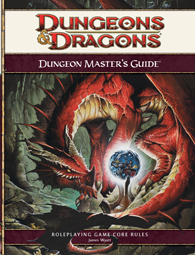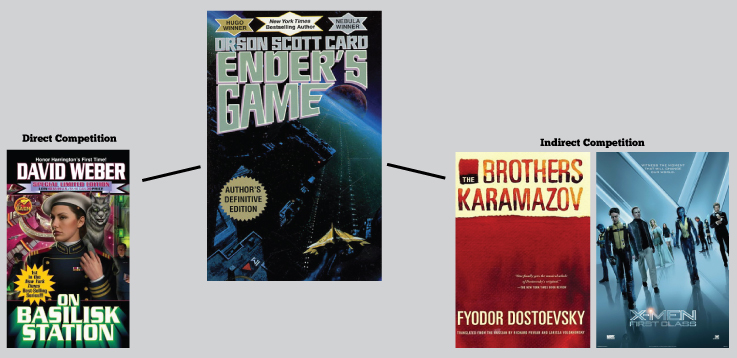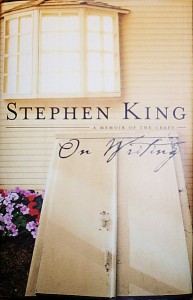At this point, you’ve thought about what type of cover you want based on what your competition is doing. But looking at your competition is a small step in the larger part of making sure your book stays relevant to its genre. Without a solid idea of how your book genre relates to your finished cover, you could end up with a crime thriller that looks more like a children’s book, and then you’ll have to answer to unhappy mothers.
As hinted last week, each genre has a definite feel. You could pull a random assortment of books, line them up, and a reader could tell you exactly what book came from what shelf. In order to market to the potential readers of your book, they need to have an idea what to expect from your book. Using the genre is a great way to connect immediately to your readers and use it as a springboard to an original, eye-catching cover.
(Can you tell what genres these books belong to?)
If You Haven’t, Check Out the Competition
As mentioned last week, you can’t start designing your book cover without looking at your competition, for the simple reason that you want to stay informed on what’s relevant and avoid unconsciously mimicking.
Who’s Your Genre’s Target Audience?
Another way you can use your genre as a launching point for your cover is to figure out the primary buyers of your genre. Who is your age and gender demographic, and what do they like? If you have a good idea who will be browsing your genre for new reads, you can design your book cover to appeal to them. For best results, avoid a broad swatch (all women) and go for as nuanced as you can (12-16-year-old girls who like skateboarding and vampires).
You might hope that by appealing to all women you’ll get more readers, but if you try to make your cover all things to all people, you could end up losing everyone. Once you know your target demographic, you should have a better idea of the imagery that will intrigue them.
Focus Group (or ask a friend):
I’m not talking about asking friends for opinions on what your cover should look like. After all, one of the more frustrating situations a designer can find themselves in is, “I asked my mother-in-law who took an art class once what she thought of the logo you sent me…” I’m referring to polling your loved ones as to what they think of when they hear the word “________” (insert your genre here). Since everyone has a different perspective, reader friends are not even required. They can be people who hate books or love books, as long as they’ve heard of your genre before. That way, they can provide a alternative view and spark cover ideas you had never considered. If you do this, however, be prepared to take your loved one’s input with a grain of salt–just because you are fond of them doesn’t mean they’re right all the time.
Go Deeper…
Ask yourself what sets your book apart from the genre you fall under. You might have an antagonist who looks different from any other antagonist you’ve read in your genre (another reason to research the competition is to confirm this). Your book might be set in an alternate universe that has distinct imagery you can incorporate. Think about what you can incorporate that can draw attention to your book cover.
…But Still Be Honest with Your Genre
You don’t want to have your book cover reflect something it’s not. If you’ve written a dark YA Paranormal Romance, you don’t want to deviate significantly and have a brightly colored, happy-looking cover. Sure, it would stand out from the rest of the books on the shelf but could possibly disappoint a reader with false expectations, leading to bad reviews. Think carefully about what defines your genre to understand how to frame your cover.
However, word of warning: be wary of book cover trends in your genre. Just because everyone else is including blood or glowing orbs on their book cover doesn’t mean it’s right for your book.
If you were to walk into a bookstore and pull one or two books out of each genre, what would you find? A common thread in design linking the two as part of the same genre. In order to market to the potential readers of your book, they need to have an idea what to expect from your book. That’s where analyzing your genre comes in. You can have an idea of how to create an original, eye-catching cover while still following the successful footprints of those who tread before you.
Rachel Giles is a professional graphic designer who graciously donates her time to the Consortium. Every Tuesday she shares an article about quality cover design.

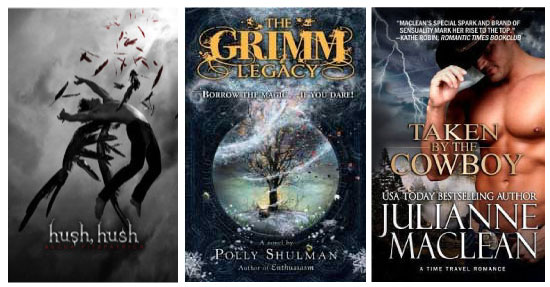



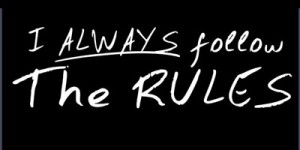
 But please don’t feel overwhelmed. If you’re writing a novel or even non-fiction book, the choice is simple. The majority of publishing houses in the United States use
But please don’t feel overwhelmed. If you’re writing a novel or even non-fiction book, the choice is simple. The majority of publishing houses in the United States use 
